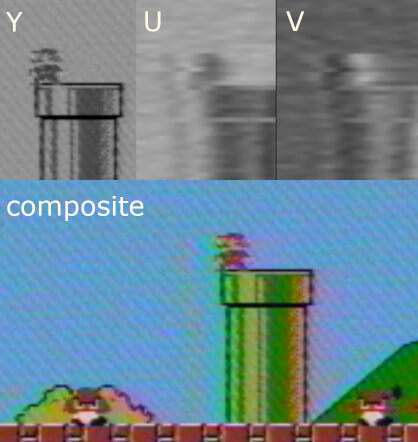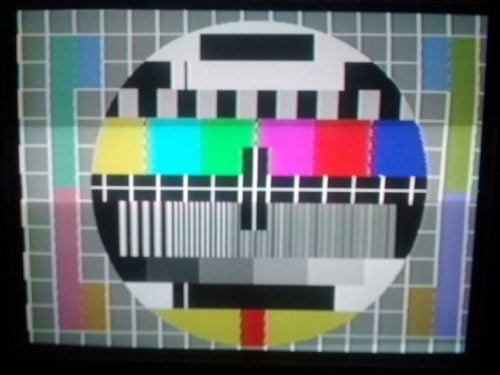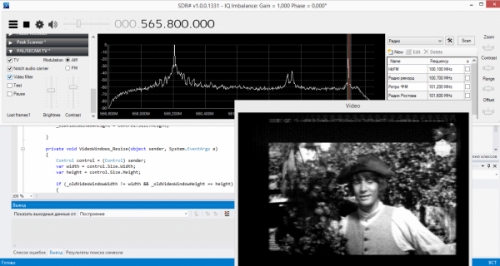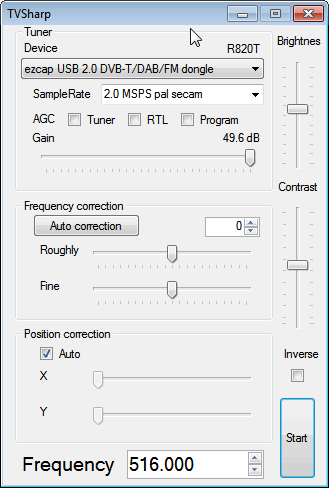Decoding the RF Output of a VCR with an RTL-SDR
Over on YouTube use Scelly has uploaded a video showing how he has used an RTL-SDR dongle and the TVSharp SDR# plugin to decode video from the RF output of an old VCR (videocassette recorder). VCR players were designed to output the same PAL or NTSC signal that old analog TV transmissions used, and the RF output of the VCR was connected directly to the TV's antenna input.
The TVSharp plugin for SDR# can be used to decode these signals, however as the bandwidth of PAL/NTSC signals is much larger than the 2.4 MHz provided by the RTL-SDR, only a black and white image can be received. Scelly writes:
RF Output from VCR connected directly to input of my RTL-SDR. The RF output is tuned to channel 22 (487.25 MHz), and as the signal is so wide, my RTL-SDR can only display the luminance data (black and white video) and audio, although not at the same time. If I had two RTL-SDRs or an SDR with a larger bandwidth, I could have both audio and video playing at the same time.
The video playing is "The Prince of Egypt" on VHS Video Cassette.




